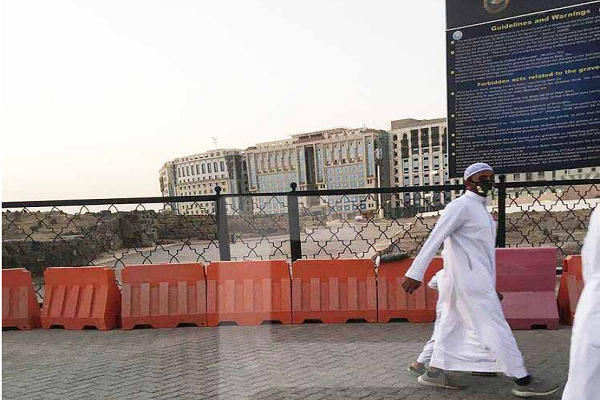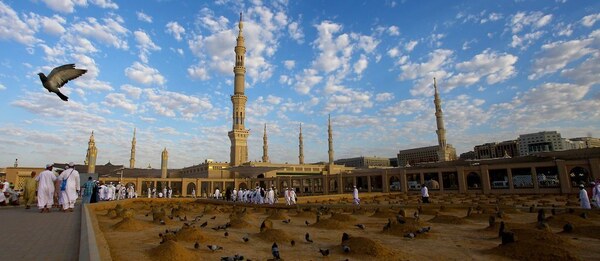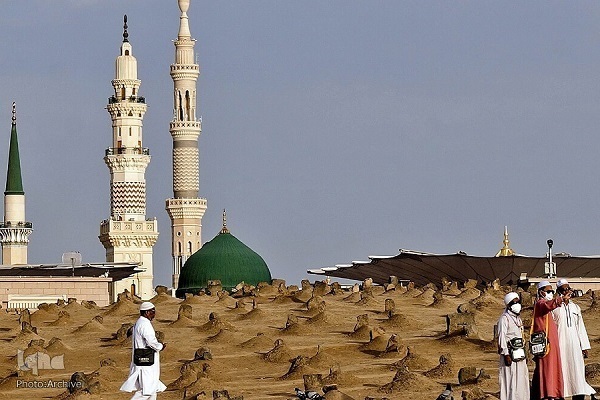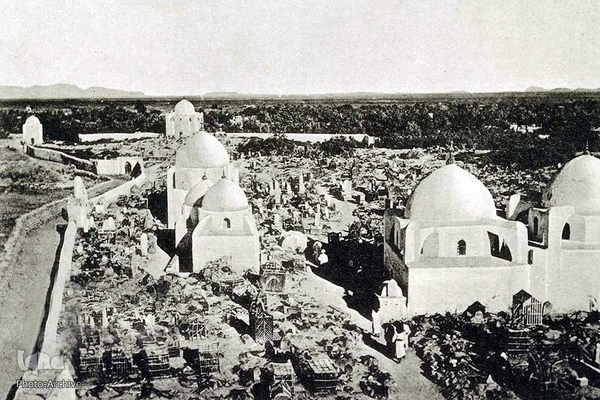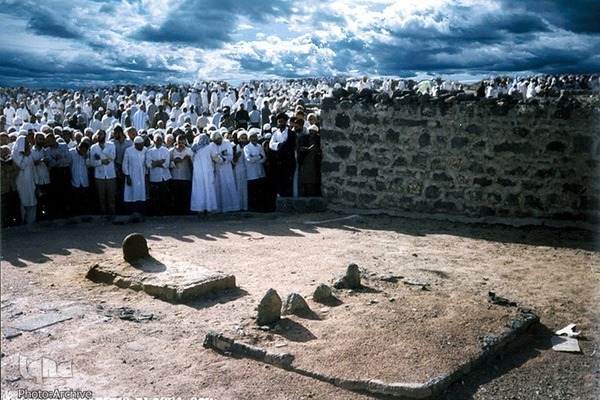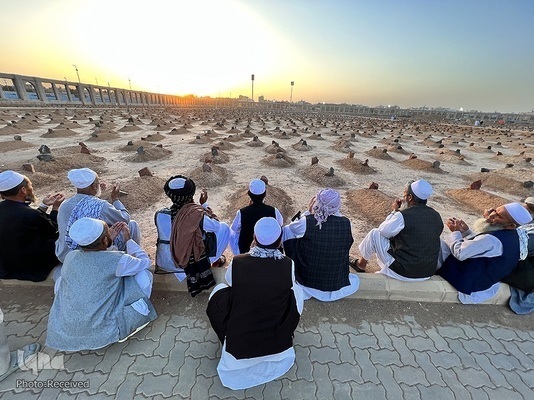Story of Baqi Cemetery in Medina
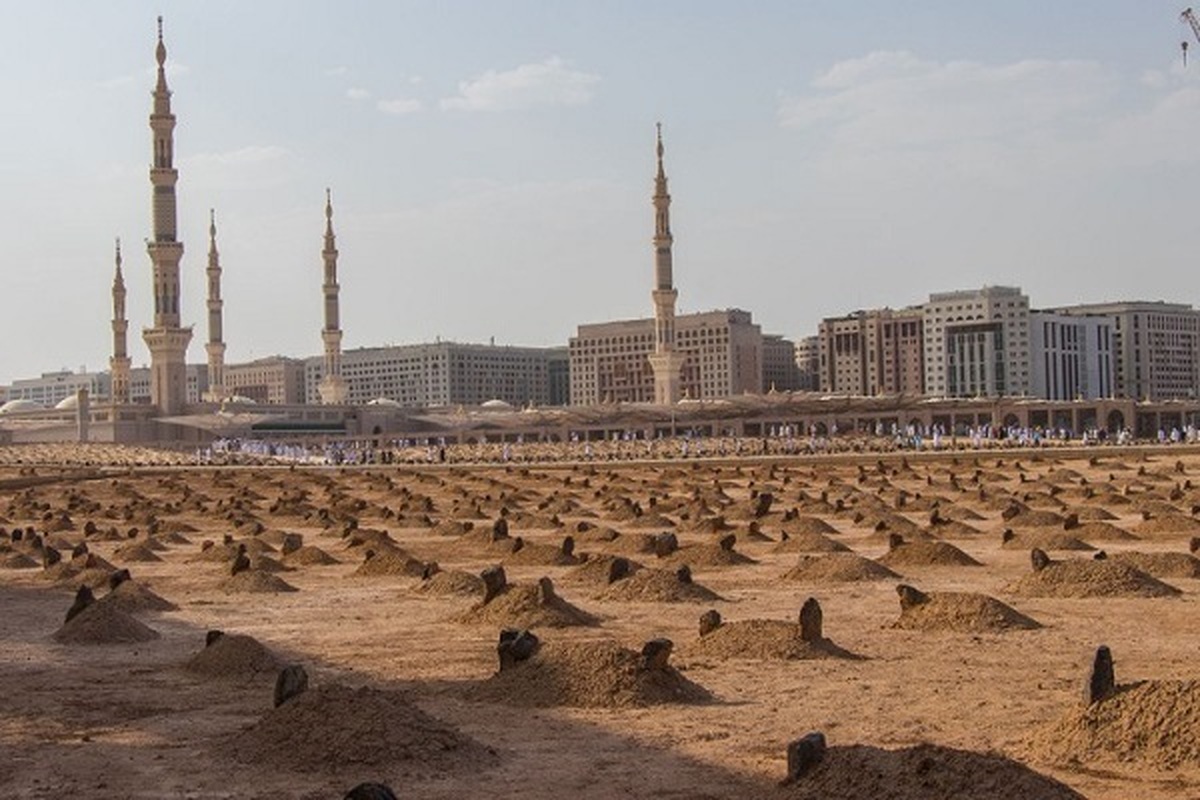

Today, the eighth of the lunar Hijri month of Shawwal, marks the anniversary of the destruction of the Baqi Cemetery by the Wahhabis. Although the destruction of this cemetery occurred in several stages, it was on the eighth of Shawwal in the year 1344 AH (April 21, 1926) that, following Ibn Saud’s renewed control over the city of Medina, this sacred site was completely demolished.
Before the destruction of the site, the graves in Baqi had been housed under a dome and had a shrine.
The shrine of Imams in Baqi is located on the western side of the cemetery, where the graves of four Shia Imams—Imam Hassan al-Mujtaba (AS), Imam Sajjad (AS), Imam Baqir (AS), and Imam Sadiq (AS)—are situated together.
A few meters away from these revered graves lies the tomb of Abbas, the beloved uncle of the Holy Prophet (PBUH).
The Baqi Cemetery is one of the oldest cemeteries in Medina. In addition to the Imams (AS), it is said that many prominent figures of Sunni Islam are buried there, including Uthman ibn Affan, the third caliph and compiler of the Quran, as well as Aisha, the wife of Prophet Muhammad (PBUH).
The cemetery also contains the graves of several other wives of the Prophet (PBUH), as well as Fatimah bint Asad, the mother of Imam Ali (AS). Additionally, it is the resting place of Umm al-Banin, the mother of Hazrat Abbas (AS), and several other notable figures in Islam. The first person from the Ansar to be buried in Baqi was As’ad ibn Zararah, and from the Muhajirin, it was Uthman ibn Maz’un.
It is said that Baqi was not the only cemetery in Medina before Islam but there were many other cemeteries and graves scattered throughout the city and its surroundings. However, due to the significance of Baqi to the Holy Prophet (PBUH), he declared this location as the burial site for Muslims.
Read More:
Numerous Hadiths reference the Prophet’s (PBUH) selection of this cemetery for the Muslim community.
Many Hadiths emphasize the virtue of being buried in Baqi, and the Prophet (PBUH) was commanded by God to choose it as the resting place for Muslims after his migration to Medina. He was instructed to bury deceased Muslims there and to pray for their forgiveness.
Over the centuries, Muslims have consistently paid special attention to Baqi, visiting it and building magnificent domes and shrines over the graves of the notable figures buried there. They have made efforts to protect this sacred site, which symbolizes the knowledge, struggle, and sacrifice of the past.
The most famous individual buried in Baqi during the lifetime of the Holy Prophet (PBUH) was his young son, Ibrahim. Many accounts testify that the Holy Prophet (PBUH) regularly visited this cemetery to pray for the forgiveness of those laid to rest there.
The Baab al-Baqi Gate is one of the entrances to the Prophet’s Mosque, located on the eastern wall of the mosque, next to the Jibril Gate, facing the Baqi cemetery and opposite the Baab al-Salam. The proximity of this entrance to the Baqi cemetery is the reason for its name.
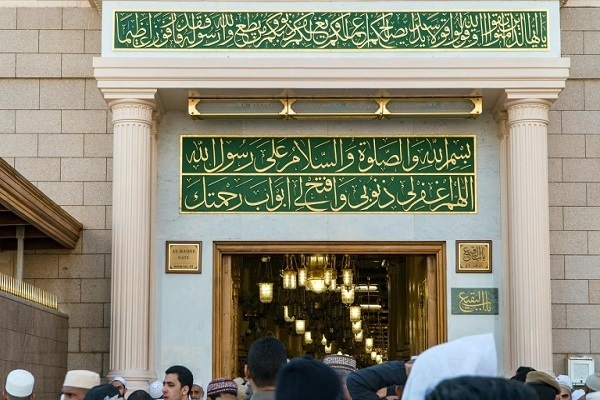
Baab al-Baqi was also the name of one of the gates of the city of Medina, from which several entrances open toward Baqi, commonly referred to as Baab al-Baqi.
According to historical sources, thousands of Muslims and pilgrims who passed away in Medina have been buried in Baqi, and burials continue to take place in this cemetery.
The Baqi Cemetery, after its demolition, was turned into a flat piece of land, but the graves of four Shia Imams (AS) have been marked with stones. Efforts by Shia scholars and the Iranian government to create a shelter over the graves of the Imams at Baqi, as well as to build a wall around the graves, despite initial approval from the Saudi government, have never come to fruition.
Read More:
In addition to protesting the destruction of Baqi, Shia scholars have authored works critiquing the foundations of Wahhabism and the destruction of sacred sites. Among these are the book “Kashf al-Irtibah” by Sayyid Mohsen Amin and “Da’wat al-Huda” by Mohammad Jawad Balaghi. It has been said that the Wahhabis were the first group to rely on religious views to justify the destruction of religious sites.
4275031



